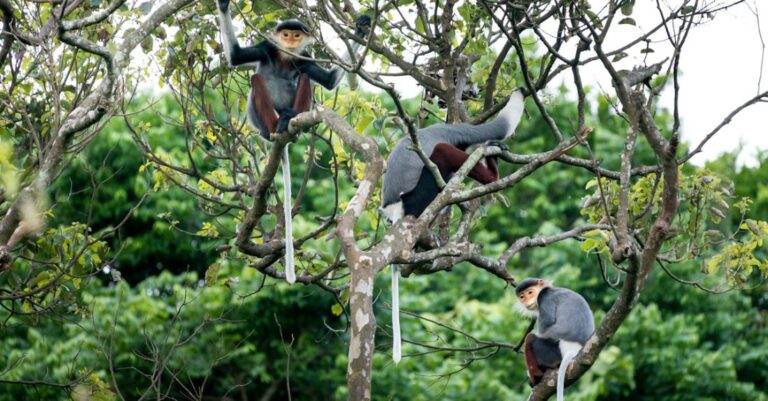
Nestled in the Pacific Ocean, the Galapagos Islands are renowned for their unique biodiversity and stunning landscapes. Among the diverse flora that thrives in this remote archipelago, cacti hold a significant role in the ecosystem. These resilient plants have adapted to the harsh conditions of the Galapagos, playing a crucial role in supporting the island’s wildlife and contributing to its overall ecosystem balance.
**The Evolution of Cacti in the Galapagos**
Cacti are not native to the Galapagos Islands but were introduced to the archipelago by birds or ocean currents. Despite their non-native status, cacti have successfully established themselves in the Galapagos, evolving to suit the islands’ arid climate and volcanic terrain. The unique environmental conditions of the Galapagos have influenced the evolution of cacti species, leading to the development of distinct adaptations that set them apart from their mainland relatives.
**Cacti as a Source of Food and Water**
In the arid environment of the Galapagos, water is a scarce resource, making cacti a vital source of hydration for the island’s wildlife. The succulent stems of cacti store water, providing a crucial lifeline for animals such as land iguanas, tortoises, and birds. These animals have evolved specialized adaptations to feed on cacti, with their spines and tough outer skin serving as protection against herbivores.
**Shelter and Nesting Sites for Wildlife**
Cacti also play a significant role in providing shelter and nesting sites for a variety of species in the Galapagos. The dense, thorny structures of cacti offer protection from predators and harsh weather conditions, making them ideal habitats for small animals and birds. Cacti provide nesting sites for finches, mockingbirds, and doves, ensuring the survival of these species in the challenging island environment.
**Erosion Control and Soil Stabilization**
The extensive root systems of cacti help prevent soil erosion and stabilize the volcanic terrain of the Galapagos Islands. By anchoring themselves deep into the ground, cacti reduce the risk of landslides and erosion, preserving the fragile ecosystem of the archipelago. The presence of cacti contributes to the overall health of the soil, promoting plant growth and supporting the diverse flora of the Galapagos.
**Conservation Challenges and Efforts**
Despite their ecological importance, cacti in the Galapagos face threats from invasive species, habitat loss, and climate change. Invasive plants compete with native cacti for resources, disrupting the delicate balance of the ecosystem. Conservation efforts are underway to protect and restore cacti populations in the Galapagos, including habitat restoration projects and the removal of invasive species.
**Preserving the Legacy of Cacti in the Galapagos**
As stewards of the Galapagos Islands, it is essential to recognize the crucial role that cacti play in the archipelago’s ecosystem. By understanding and protecting these resilient plants, we can ensure the continued health and biodiversity of the Galapagos for future generations. Through conservation initiatives and sustainable practices, we can safeguard the legacy of cacti in the Galapagos and preserve the unique natural heritage of these remarkable islands.
**In Summary**
Cacti in the Galapagos Islands are not merely ornamental plants but vital components of the archipelago’s ecosystem. From providing food and water to sheltering wildlife and stabilizing the soil, cacti play a multifaceted role in supporting the diverse flora and fauna of the Galapagos. As we strive to protect and conserve the natural beauty of the Galapagos Islands, it is imperative to recognize and appreciate the invaluable contributions of cacti to this unique and fragile ecosystem.





